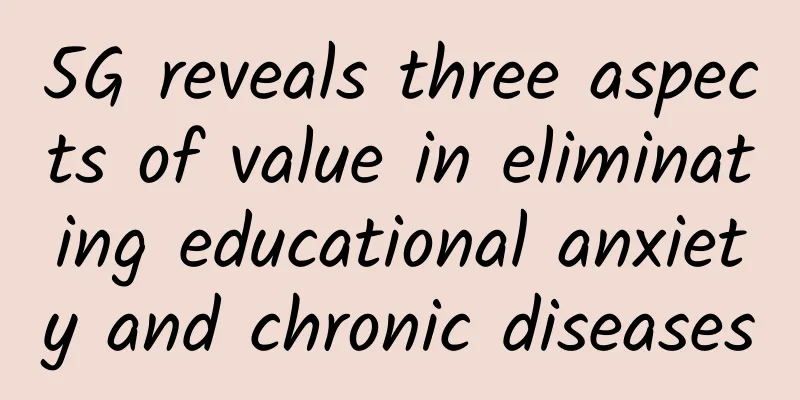How 5G will transform the patient experience
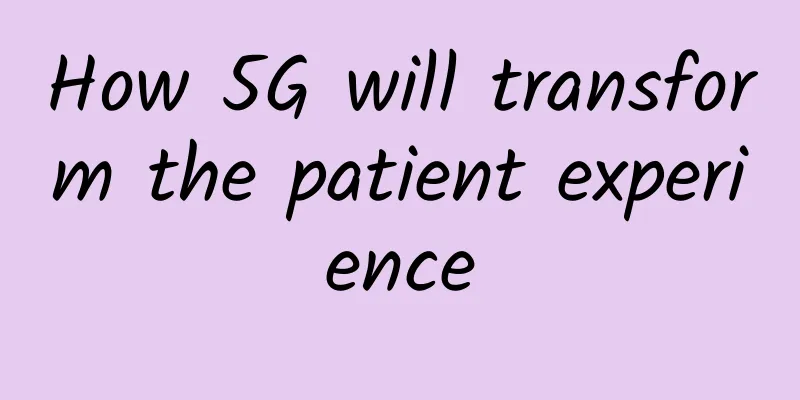
|
Image source: https://pixabay.com/images/id-4904921/ The adoption of 5G is transforming how healthcare is delivered and experienced by enabling patients in every setting to receive personalized and preventive care. 5G, the fifth generation of cellular wireless technology, provides healthcare providers and patients with unprecedented connectivity capabilities. As COVID-19 shifts care for non-emergency patients to telehealth, 5G is becoming essential in making the process intuitive and seamless. Here are some of the ways 5G can impact healthcare delivery and outcomes. Image file sharing Transmitting medical images, such as MRI scans, can take a long time. High-speed 5G systems provide the bandwidth needed to quickly transfer these large medical media files, starting the process when the patient exits the scanner, rather than having to be set up to use the transmission system after hours. Medical images and files can be shared with patients and specialists as needed, allowing for better care because there is no waiting just because of file transfer challenges. Being able to get images faster means faster, more comprehensive treatment and better outcomes for patients. Telemedicine Telemedicine involves an audio-visual visit between a doctor and patient, which wouldn’t be possible without a high-quality, high-speed connection. With 5G, telemedicine appointments can proceed without the disruptive delays or jitter that typically plague VoIP communications. When it comes to healthcare providers and facilities, 5G is especially important for communities where needs are high and assets are low. Patients can now be seen remotely, reducing interactions in a clinic or hospital and lowering the risk of spreading COVID-19 to vulnerable populations. According to Deloitte, 77% of U.S. patients surveyed were satisfied with virtual visits with telemedicine professionals. As doctors learn to smoothly conduct telemedicine assessments, this number is expected to increase rapidly. Even in the post-COVID-19 era, telemedicine is likely to become more common and accepted, saving money and relieving some of the pressure on the healthcare system. According to doximity, 20% of medical visits will be remote in the near future. 5G makes it easy to train operations using augmented reality and virtual reality methods. Exercises will run smoothly without distractions caused by bandwidth fluctuations. Practicing emergency procedures and emergency drills can reduce the number of mistakes that can occur during a real-life crisis. 5G allows doctors to learn new technologies and assist medical teams to practice emergency response virtually, and even collaborate with teams in other locations through shared virtual spaces. For these complex technical practices, high-speed, high-quality connections are essential, and 5G provides everything needed. Patient Monitoring Combined with devices connected by the Internet of Things (IoT), 5G allows doctors to keep informed of patients’ conditions through wearable medical devices. Patients’ blood pressure, heart rate, blood sugar levels, etc. can be sent via data streams for real-time analysis and decision making. According to Scripps, wearable technology that opts in to the "Monitoring Health" study can help track symptoms, which could help identify COVID-19 risk even if the wearer is ostensibly asymptomatic. Summarize Thanks to 5G, people in remote areas can enjoy the same quality of medical care as those in big cities, and gamification can help patients become more compliant with their care. The adoption of 5G and telemedicine could be the key to a huge transformation in the healthcare industry. Both mobility and remote capabilities will be major players in the coming years. |
>>: If your HTML is full of Divs, be careful
Recommend
Shanxi Yangquan Big Data and Intelligent Internet of Things Industry Development Conference was grandly held in "China Cloud Valley - Yangquan"
[October 13, Yangquan, Shanxi] On October 13, the...
Huawei CEO Ding Yun: Lighting up the future and releasing new value of connectivity
[Shenzhen, China, February 8, 2020] Today, at the...
Wide Area Networks: What You Need to Know in the Internet of Things Era
The total global IoT spending is estimated to rea...
GSA report: There are 169 5G commercial networks in the world, covering all continents
[[408032]] According to the latest report from GS...
The new EMUI system supports Huawei Enjoy 10S to bring a smart entertainment experience to a thousand-yuan phone
Nowadays, watching dramas, movies, new shows, and...
"5G spreads COVID-19" is a hot topic in India. The Indian Ministry of Telecommunications: Where does our 5G come from?
It is reported that since the epidemic situation ...
Omdia: Global Gigabit Broadband Users to Exceed 187 Million by 2025
LightReading reports that the COVID-19 pandemic h...
Interview surprise: What are the common HTTP status codes?
HTTP status code is the response status code retu...
5G is in the ascendant, and 6G is coming. Learn about the latest developments and trends
The latest research shows that 5G networks are fa...
Take off, I made an LRU cache by hand, the source code turned out to be so simple!
LRU Introduction LRU is the abbreviation of Least...
Deutsche Telekom expects 5G network to cover 50% of the German population by 2022
Telefénica/O2, the German telecom operator contro...
5G: Smart cities’ potential to transform public services
While drawing parallels between 5G and national s...
Main title: Why Huawei can be a pioneer in breaking the Android long-term card curse
Last week, British technology blogger SuperSaf re...
HTTP Cache Protocol Practice
1. What is Cache? Cache, also known as Cache, is ...
Check out the five important characteristics of SD-WAN in 2019
SD-WAN has reached a new inflection point in 2019...
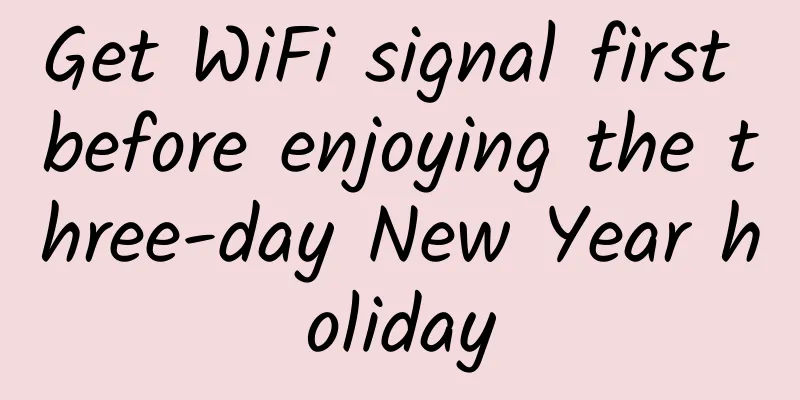

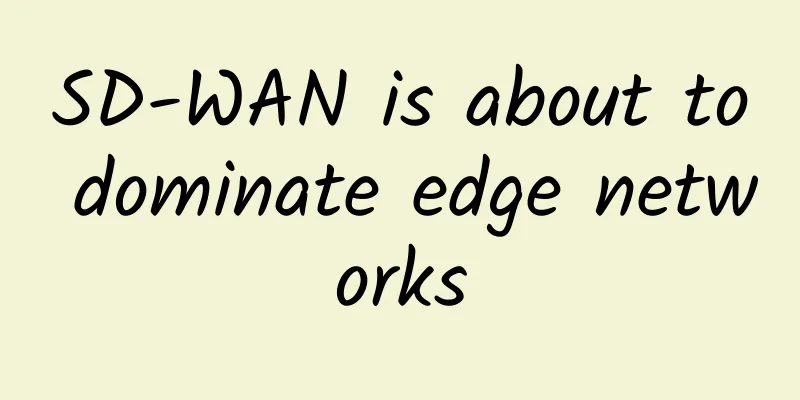

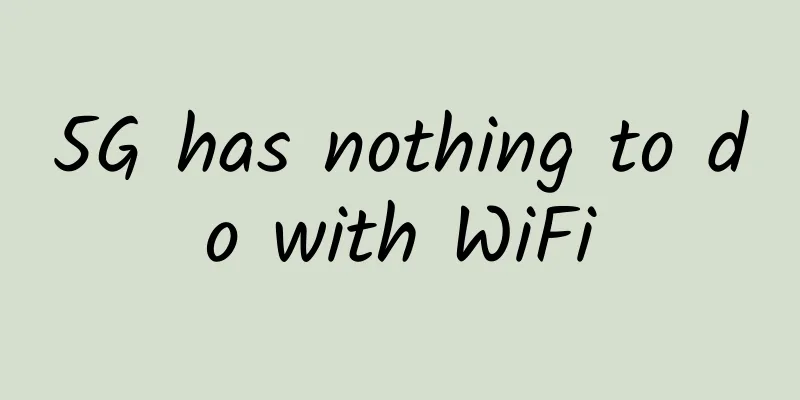

![[6.18] LOCVPS 20% off, top up 100 get 10 yuan / top up 5000 get 618 yuan, 4G memory package starts from 52 yuan/month](/upload/images/67cabe8b75a0f.webp)

